Assisted Hatching
Failure of the implantation of embryos, after its transfer to the uterus, is one of the most common obstacles that we face in the IVF program. And this happens usually with couples who have undergone recurrent IVF trials that have failed, in spite of the transfer of embryos of good quality, and usually the negative pregnancy test. In those cases, can be caused by failure of embryo implantations, for unknown reasons. For these cases, the science has found a new method to increase the chances of success of embryo implantation by what is called, Assisted Hatching.
The wall of the egg in the human female, has an important role in protecting the egg and the embryo from dissociation by immunity cells or by toxic vital materials.
In the early 90's, researchers have found that creating a hole in the wall of the embryo that is produced by IVF, before its transfer to the uterus, when during its early division stages, has increased the chances of the embryo implantation, and the chances of this embryo being damaged and losing its criteria after creating a hole in its wall, is very rare. However, creating a hole in the wall of a non-fertilized egg puts it under 4% risk to be damaged and that is because the wall of the embryo is more elastic than the non fertilized egg.
In that technique, the hole is created by a thin microscopic needle or by using chemical materials, or by laser.
Assisted Hatching by Mechanical Method
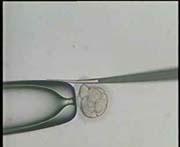
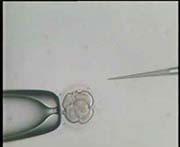
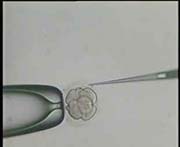
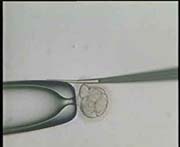
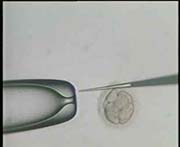
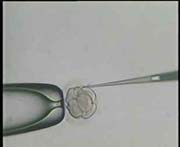
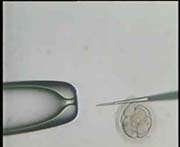
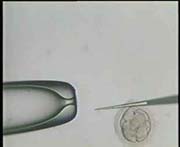
Assisted Hatching Using the Laser
It should be taken into consideration that the most common cause of implantation failure is the presence of abnormal chromosomes in the embryo. In those cases, the preimplantation genetic diagnosis can be beneficial and increase the chances of pregnancy.
Dr Najeeb Layyous F.R.C.O.G
Consultant Obstetrician, Gynecologist and Infertility Specialist







 Pregnancy Due Date Calculator
Pregnancy Due Date Calculator
 Chinese Gender Predictor
Chinese Gender Predictor
 Ovulation Calculator
Ovulation Calculator
 IVF Due Date Calculator
IVF Due Date Calculator
